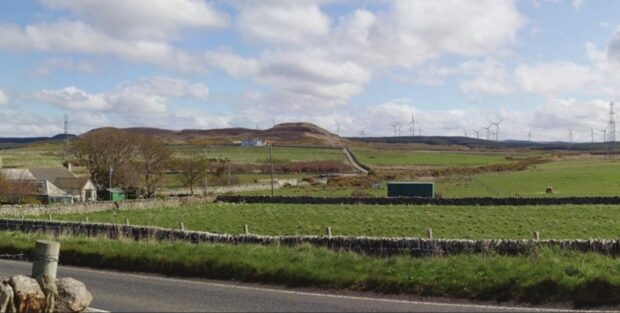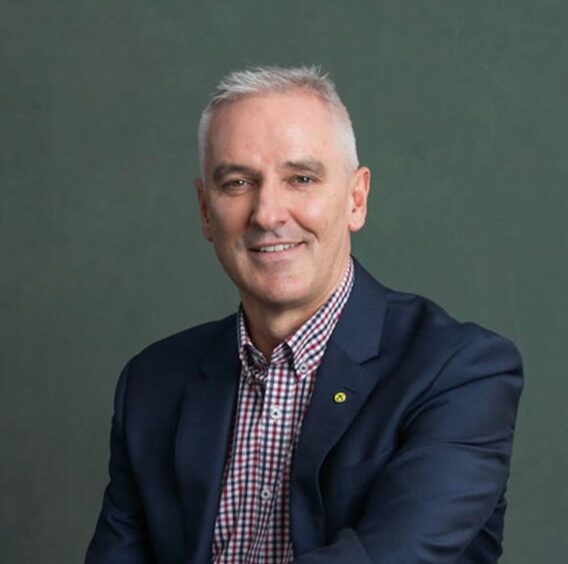Taller turbines are on the way for a Caithness wind farm which councillors had previously rejected.
Highland Council’s north planning committee agreed to a revised planning application at Limekiln wind farm.
The discussion was tense, as councillors grappled with a revision to an application that was initially thrown out in 2019.
Limekiln wind farm in Reay, Caithness, features 21 turbines and associated infrastructure.
Highland Council refused the planning application in 2019 after receiving hundreds of objections from the Caithness community. However, the Scottish Government went on to uphold an appeal and grant permission.
Today, Limekiln Wind asked the council to agree to a variation on its planning conditions.
The original scheme included 15 turbines measuring 427ft to blade tip and six turbines at 413ft.
The revised application sought to increase the height to 489ft metres across all 21 turbines.
However, council planners added a condition that two of the most visually impactful turbines should be removed altogether.
The revised Limekiln planning application attracted objections from Caithness West community council, the RSPB, Scottish Rights of Way Society and SEPA.
Corporate bullying
During the debate, chairwoman Maxine Smith reminded members that they were not being asked to decide whether to allow the development itself. The question was only whether to agree to the new blade heights.
Local councillor Donnie Mackay could not contribute to the debate, because he has stated repeatedly at planning committee that he believes Caithness has too many windfarms.
Planning laws are strict that every application must be considered on a case by case basis.
Thurso and north-west councillor Matthew Reiss – though not a committee member – was permitted to speak. Councillor Reiss delivered an emotive speech branding planning laws undemocratic.
Mr Reiss claimed the visual impact of this windfarm is the worst of any rural area in Scotland. He said the modest height increase would deliver a 275% increase in the swept area of the blades, representing a “total overpowering of the village and local area.”
He called on councillors to refuse the amended plan, which he said would deprive Caithness of its green environment. The constant barrage of windfarm applications are “tantamount to corporate bullying”, said Mr Reiss.
‘No sensible debate on Caithness windfarms’
Councillor Karl Rosie expressed frustration with his ward colleagues.
“It’s incredibly difficult to be the only local member left with the responsibility to make these decisions,” said Mr Rosie. “That was a very emotive speech.”
Mr Rosie said he accepted that wind farms are a “polarising” issue but claims his ward colleagues will not engage in any sensible debate on the matter.
He urged members of the committee to consider the economic and environmental benefits of clean energy production.
The possibility of shared ownership could deliver up to £7m plus community benefit, said Mr Rosie.
He added that Caithness is doing its bit in meeting the climate change targets touted at COP26, though like other members he would like to see reforms to energy policy.
Sutherland councillor Richard Gale echoed this balanced view, though he agreed with Mr Reiss that Caithness and Sutherland has “paid a heavy price for renewable energy” yet continues to pay over the odds for its electricity.
However, Mr Gale welcomed the opportunity to remove two turbines from the scheme. “This development is an argument we’ve lost already at this committee, but at least in losing two turbines we have a slight win.”

